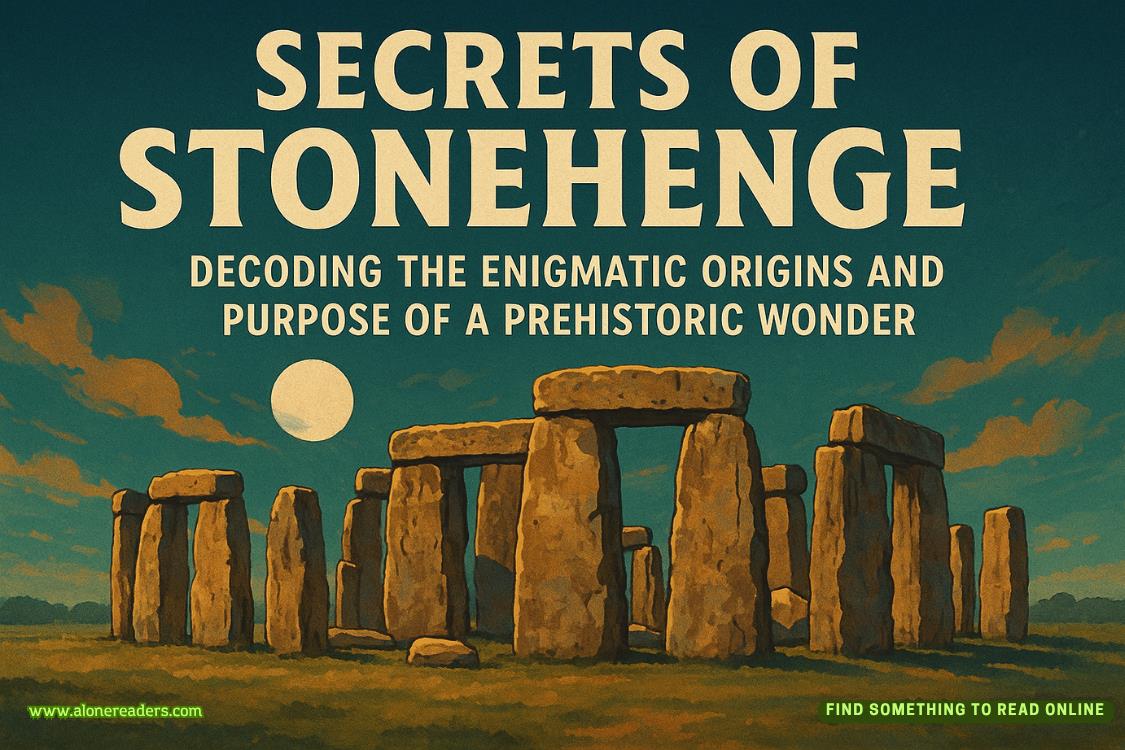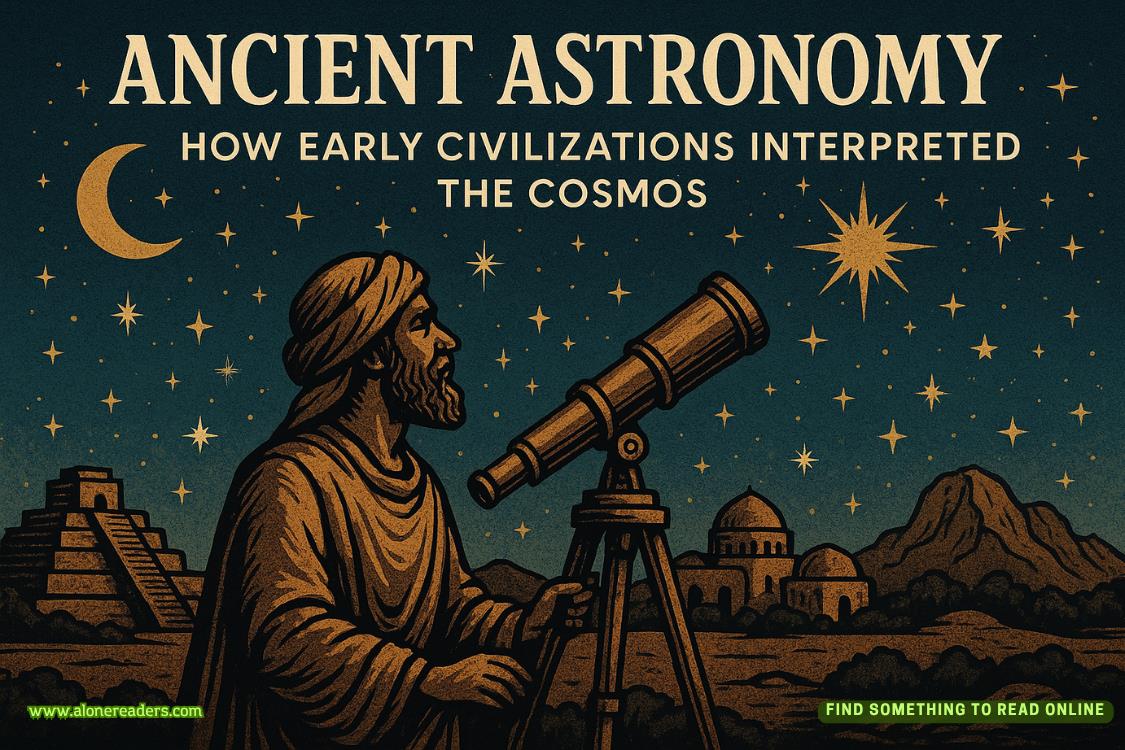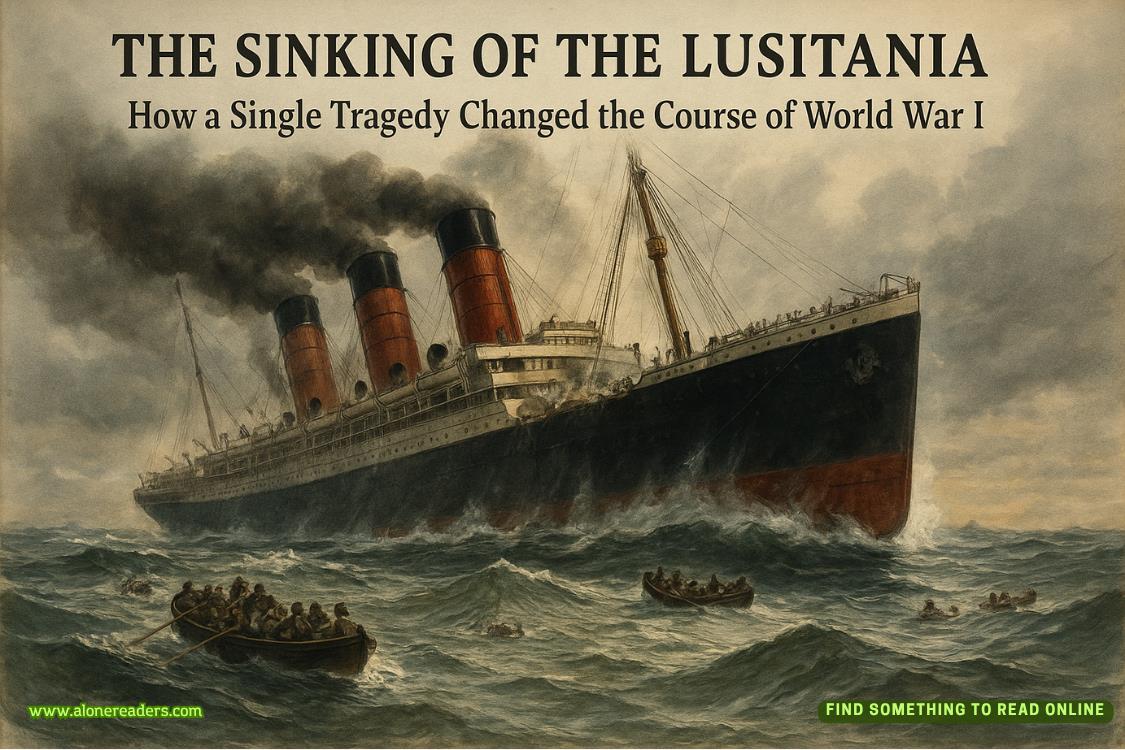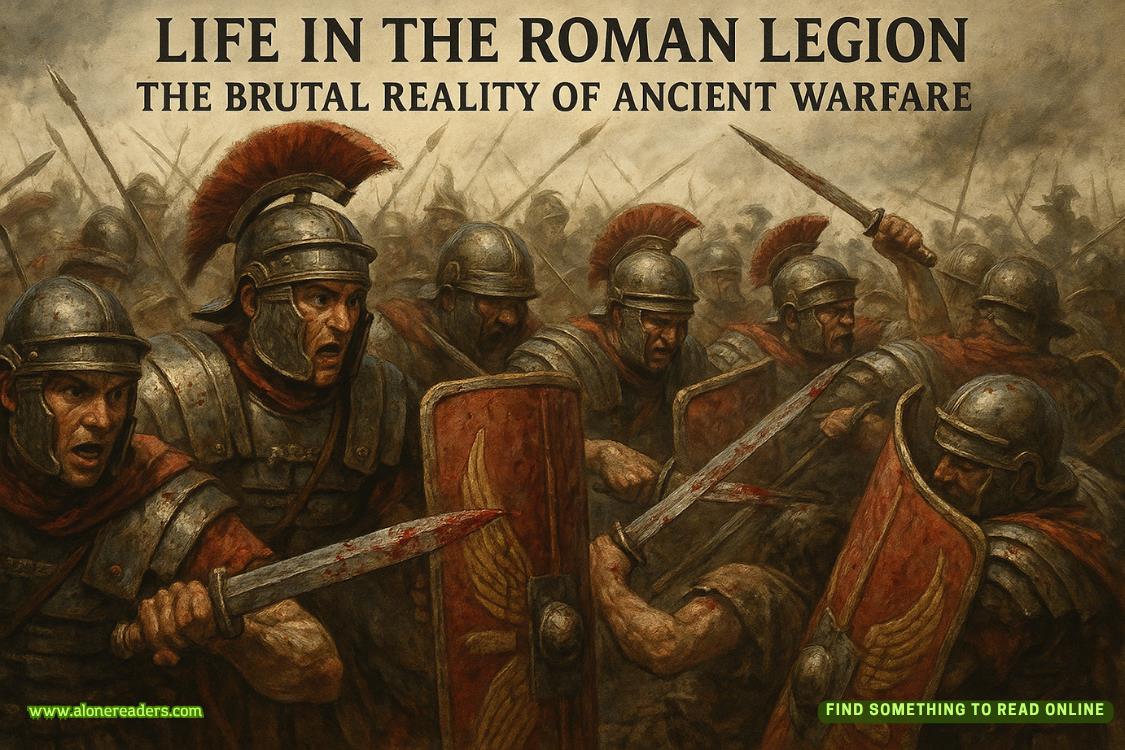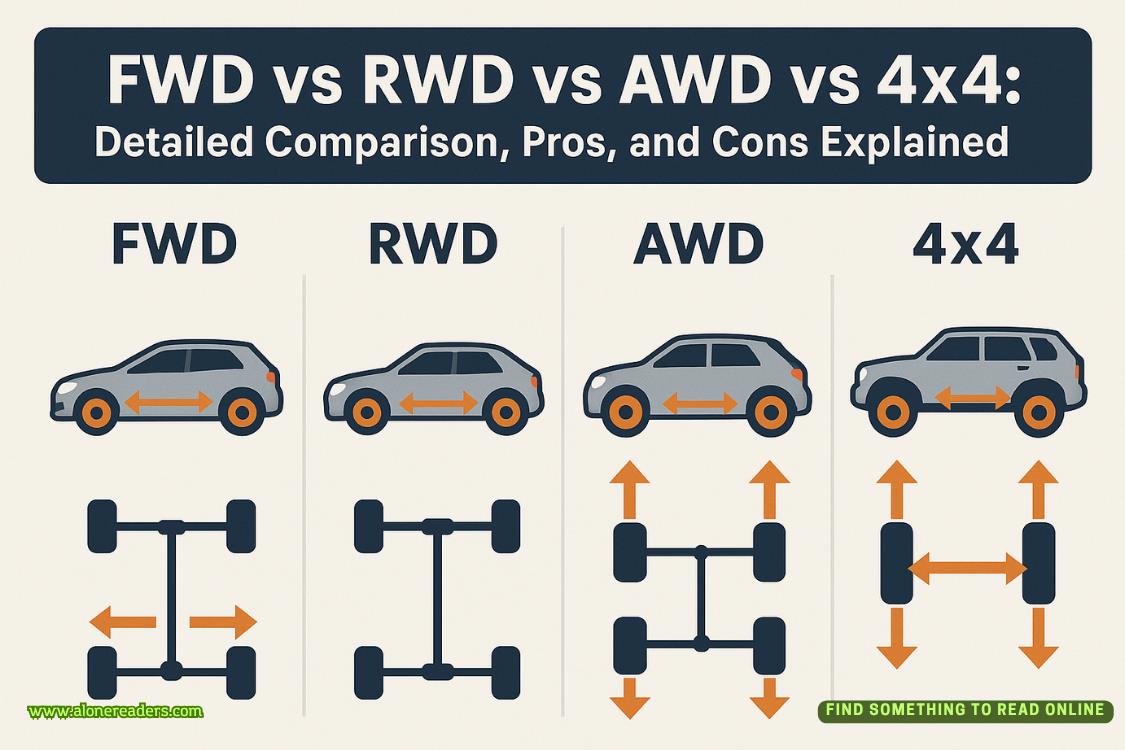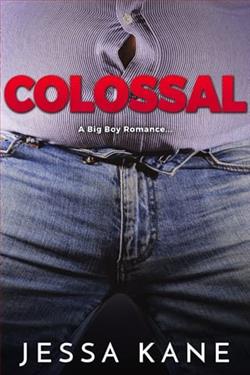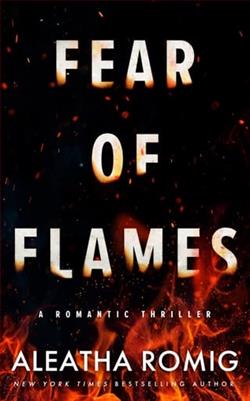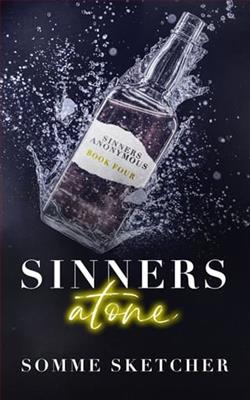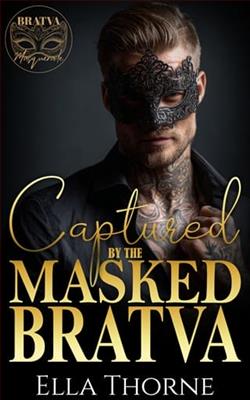Page 98 of The Attic on Queen Street
“I decided to start examining real estate transactions beginning with 1847, the year Evangeline was born. And that’s when I found it!”
When she didn’t continue, I said, “What did you find?”
“No need to shout, Melanie. My hearing is just fine.”
“I’m sorry, Yvonne. I got a little excited.” I bit my lip and took a few deep breaths. “What did you find?”
“A deed to a house on Henrietta Street, listing the owner as Lucille Gallen.”
“Gallen? Like the plantation?”
“Exactly. Frequently, a manumitted enslaved person would take their previous owner’s last name, but Lucille chose not to. I can’t say for sure, but I think I know why. What I do know is that there was a reason why she didn’t choose the Vanderhorst name.”
I sat up, the threads winding tighter and tighter. “But where would she have gotten the money to buy the house?”
“I thought the same thing. I had to do some digging, but I found the original deed and the transfer documents. And guess who bought the house and then sold it for a single dollar to Lucille.”
“I have no idea. Who was it?”
“John Vanderhorst! Although, really, there is no need to shout. I can hear you just fine.”
I blinked, trying to unspool some of the threads. “But what does this have to do with the sampler?”
“Well, Lucille may have had her reasons for not using the Vanderhorst name, but she made sure her daughter knew about her parentage, although for reasons I’m sure you can figure out on your own, she wasn’t allowed to advertise it.”
My hand flew to my mouth. “John was Evangeline’s father! Oh, my gosh. Why did it take so long for us to figure that out?”
“ ‘Us’?”
I blinked. “Sorry. You. You figured it out.”
Yvonne cleared her throat. “As I was saying, I’m certain Evangeline knew who her father was, just as I’m certain by studying the sampler that she knew she couldn’t advertise it. That’s why she was clever about hiding her initials in her embroidery.”
“Wait. What? Where?” I put Yvonne on speaker and flipped through my photos on my phone, stopping on the sampler, then using my fingers to get a close-up. “I don’t see them. Where are you looking?”
“The gold-embroidered symbol between the dog faces in the border. It’s the inverted letters E and V, done in a spindly nineteenth-century textura font known as Cuneiform. It was very popular with the Victorians. It’s difficult to read right side up and almost impossible upside down unless one knows what one is looking at.”
I made the picture even larger, and unsuccessfully turned my phone to view the photo upside down before giving up and tilting my head instead. “Oh, my gosh. You’re right.” I straightened. “It’s—”
“The same symbol on the grave marker you saw yesterday at Magnolia Cemetery. You said you thought it looked familiar, and now we know why.”
I stood and began pacing, the marble floor cold under my bare feet. “So that’s where her father must have moved her body. Close to the Vanderhorsts, but not too close.”
“Sad but true,” Yvonne said.
“What about the clock dial? Were you able to make any sense out of that?”
“I’m afraid not. I’ll keep looking, but I’m afraid I’ve hit a dead end with that one.”
I was wide-awake now with no hope of going back to sleep. I looked at the three clocks I had placed around the bathroom, all set precisely seven minutes fast, and saw it was nearly four o’clock. “I’m dying to tell Jack what you’ve discovered, but I don’t want to bother him.”
“Melanie, may I give you some advice?”
“About research?”
“About marriage. Forgive me if I’m overstepping, but I’ve spent too many years analyzing research and studying human behavior not to have learned a thing or two. I’ve known Jack long enough to know that he’s conflicted right now, and you’re both at a loss as to what to do.” She paused. “Sometimes all it takes is acceptance that you’re both wrong. And then hold your breath and take a leap of faith.”
I looked down at my phone, not sure how to respond, remembering Nola telling me pretty much the same thing.
